The Deer Mouse is a small rodent in the taxonomic genus Peromyscus. Researchers recognize at least 57 different species of deer mice. These little rodents live primarily in North America.
Most species have chestnut brown fur with white underbellies, similar to the coloration of the whitetail deer. Read on to learn about the Deer Mouse.
Description of the Deer Mouse
As discussed above, these little mice have deer-like coloration. Their fur ranges from light brown to deep brown, and their underbellies are white or cream colored. These rodents have rounded ears and large eyes.
Most species measure between four and nine inches in length, including their tails. Their weight ranges, but most weigh no more than an ounce.
Interesting Facts About the Deer Mouse
You have a wide variety of different species of deer mice to choose from. Each species is unique in its own way, learn more about some individual species below.
- Texas Mouse – Despite its name, this species also lives in Oklahoma, Kansas, Arkansas, and Missouri. Unlike most species, this mouse is only slightly lighter on its underside. This little rodent is an unlikely voracious predator of grasshoppers!
- California Mouse – This is the largest of the various species at about 10 inches long. Its large size actually comes as something of an inconvenience. Because this species cannot burrow for itself, it can only live in regions with appropriately large burrows for it to live in.
- Angel Island Mouse – The Angel Island mouse lives only on Angel Island in the Gulf of California. The IUCN lists this species as Critically Endangered. Their primary threats are feral cats and invasive rodents competing for the limited food sources on the island.
- Mayan Deer Mouse – Another Critically Endangered species, this mouse lives in just a small region of Guatemala. Deforestation is a massive threat to this species, and climate change also adversely impacts its habitat.
Habitat of the Deer Mouse
These mice live in a wide variety of different habitats. Each species has its own preferred ecosystems and specific needs. Some of the various types of habitats that they live in include woodlands, meadows, forests, grasslands, deserts, scrubland, and more.
Distribution of the Deer Mouse
Deer mice live across various regions of North America and their range extends into Central America. Each species has its own unique range. Some live in just a tiny region or on a single island. Other species occupy much larger ranges.
Diet of the Deer Mouse
The diet of these rodents varies based on the species and the region that they live in. Some species are primarily herbivorous, but most are omnivores. This means that they eat both plants and small animals. The omnivorous species typically feed on insects and other invertebrates.
Some of the most common food sources for these mice are seeds, berries, grains, grasses, nuts, flowers, and more. They also eat grasshoppers, beetles, crickets, and more.
Deer Mouse and Human Interaction
Humans interact with most species quite frequently. Many live in close proximity to farms, suburbs, or parks. Humans view some species as agricultural pests, and some species spread disease.
Though many species have prolific numbers, human activity severely threatens some. The most common threats are habitat destruction and invasive species.
Domestication
Humans have not domesticated these rodents in any way.
Does the Deer Mouse Make a Good Pet
Generally, deer mice do not make good pets. Some species transmit diseases, and all are wild animals. Instead, choose a captive-bred pet mouse species.
Deer Mouse Care
People keep some species for research, and some in zoos. Because they are quite small, they do not need extensive enclosures. They do, however, need a variety of different hiding places, tunneling opportunities, and items to chew on. Most thrive on commercially produced rodent diets.
Behavior of the Deer Mouse
The various species have different specific behavior patterns. Many species burrow underground or utilize the burrows of other animals. Most species forage primarily at night or during the early morning and late afternoon.
Social behavior also varies. Some species live solitary lives while others live in family groups or small colonies. Those who are solitary usually defend their territories fiercely, but a few social species also defend family territories.
Reproduction of the Deer Mouse
Each species has its own breeding season and reproductive habits. Some species mate with the same partner for life while others breed with multiple mates. Across species, gestation period generally lasts about a month.
The litter size also varies by species. Some have small litters of 2 or 3 young, while others have 10 or more offspring in a single litter. In most species, the females wean their young at about a month old.

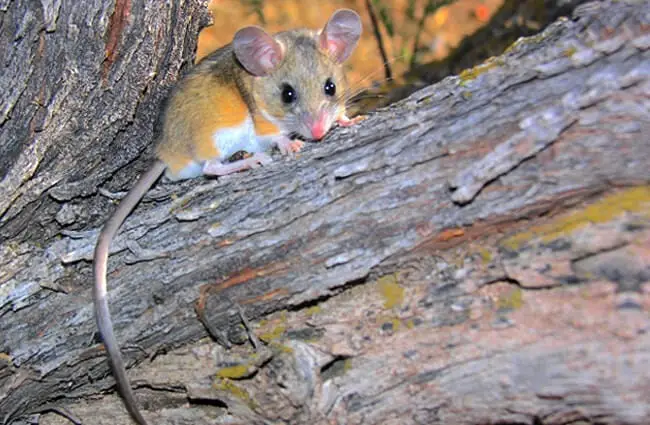
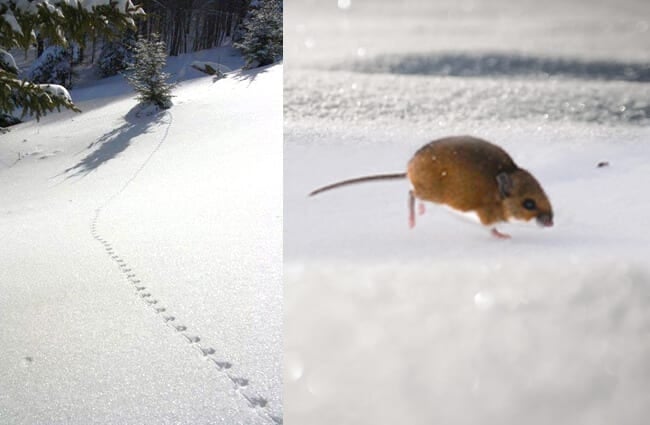
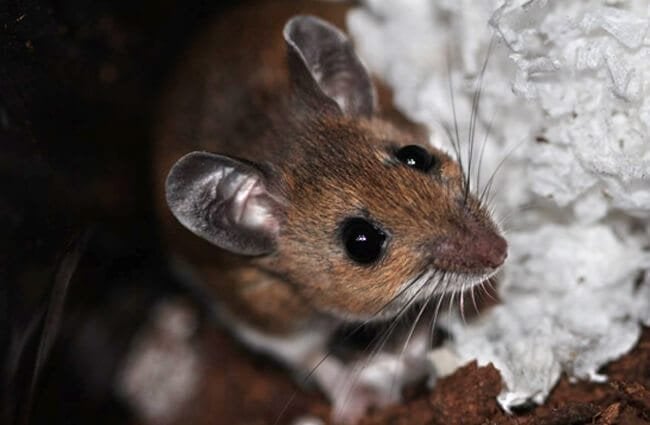
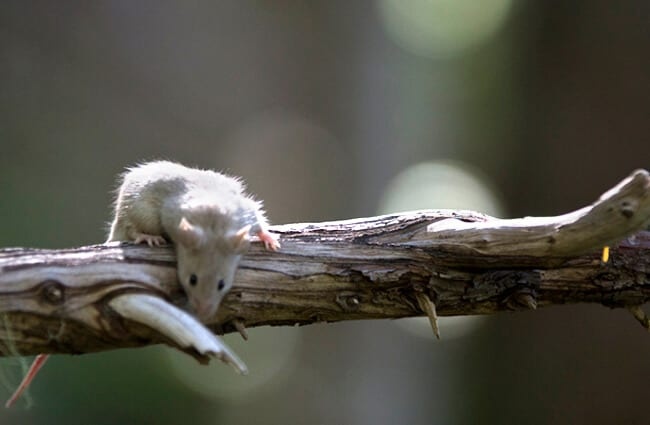
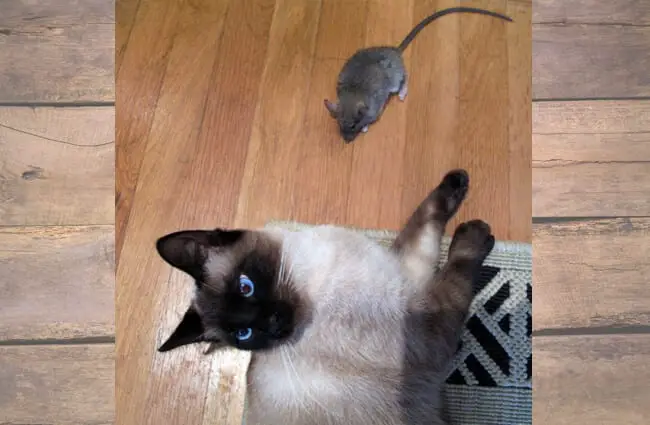
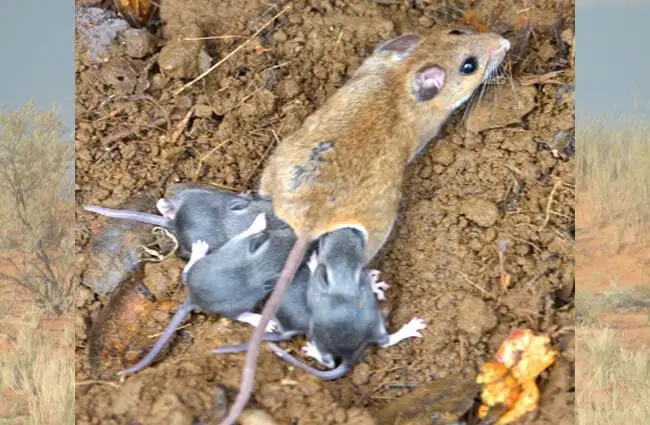
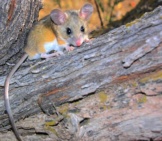

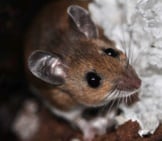
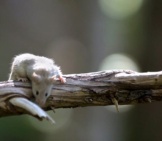


![Red Angus Closeup of a beautiful Red Angus cowPhoto by: U.S. Department of Agriculture [pubic domain]https://creativecommons.org/licenses/by/2.0/](https://animals.net/wp-content/uploads/2020/03/Red-Angus-4-238x178.jpg)












![Red Angus Closeup of a beautiful Red Angus cowPhoto by: U.S. Department of Agriculture [pubic domain]https://creativecommons.org/licenses/by/2.0/](https://animals.net/wp-content/uploads/2020/03/Red-Angus-4-100x75.jpg)

